
Written by digiDirect
Getting a gorgeous shot takes time, patience and the correct equipment. Part of that equipment should include a filter! A good filter will help to minimise reflections and glare, reduce light, enhance colours, and so much more. Each filter comes with a specific purpose, and we're going to compare them below.
Four Uses of Camera Lens Filters
There are many reasons to use one filter or another. We've picked out four common reasons why a photographer could use a lens filter. They include:
Colour Correction or Enhancement
Certain types of camera lens filters can work to enhance your photograph's colours and make them bolder and more saturated. This helps to produce a more vibrant image by enhancing the contrast and colour ratio. They also work to correct the colour temperature of your chosen scene.
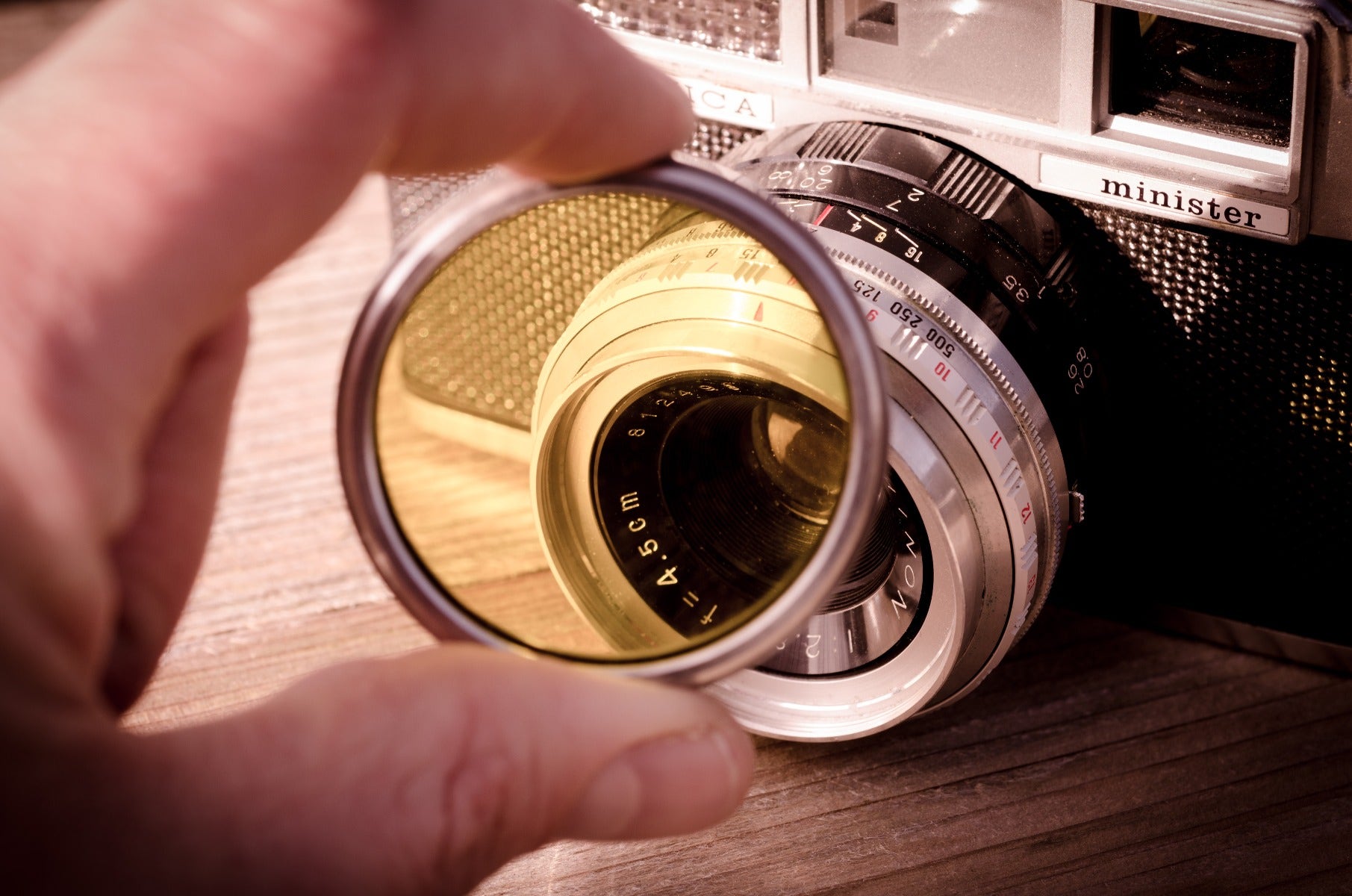
Some filters will adjust the colour profile of your photo or increase saturation
Lens protection
Some of the most affordable camera lens filters are clear, and their purpose is to serve as a simple barrier that protects your camera lens. They protect your lens from the elements during shooting sessions where the environment can scratch your lens (like blowing sand or dirt). The clear glass doesn't impact your final image in any way, and it works to protect your lens from damage - including if you bump it against something!
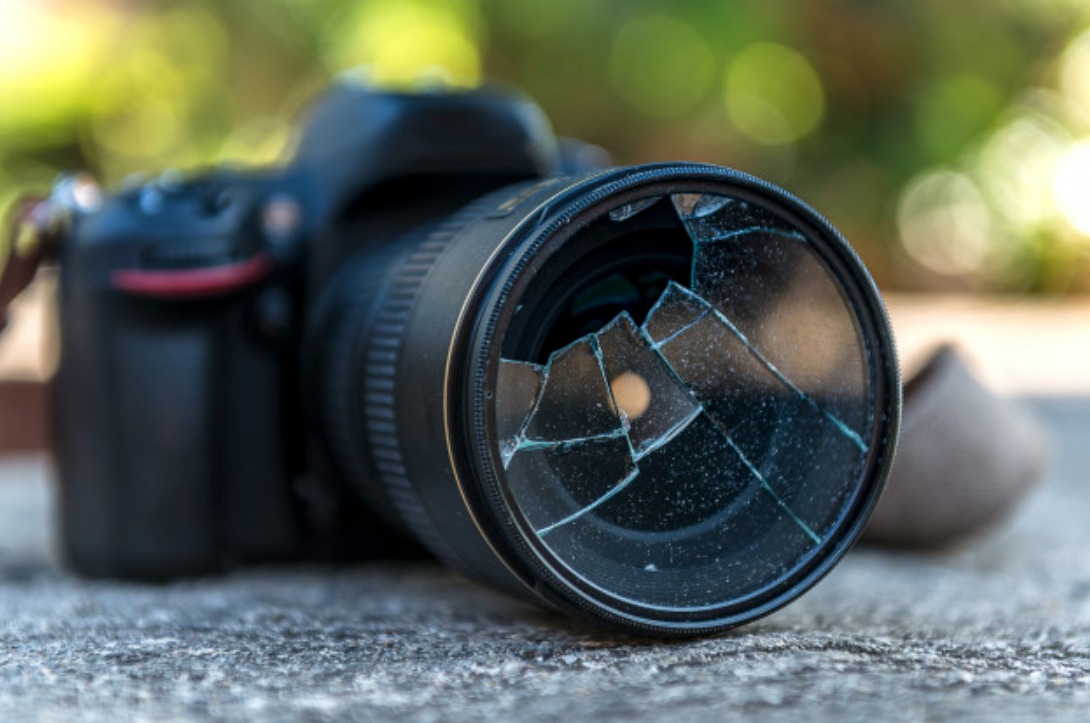
Breaking a filter is a lot cheaper than breaking a lens!
Add Impact and Improve Your Images
A camera lens filter can help to impact and improve your images in several different ways. You can use them to get rid of any unwanted reflections from glassy surfaces or water, increase contrast in your photograph, and helping to create more vivid colours. Additionally, they can add a small boost to a more lacklustre image by adding softened edges, multi-pointed "stars" from alternate light sources, and other effects.
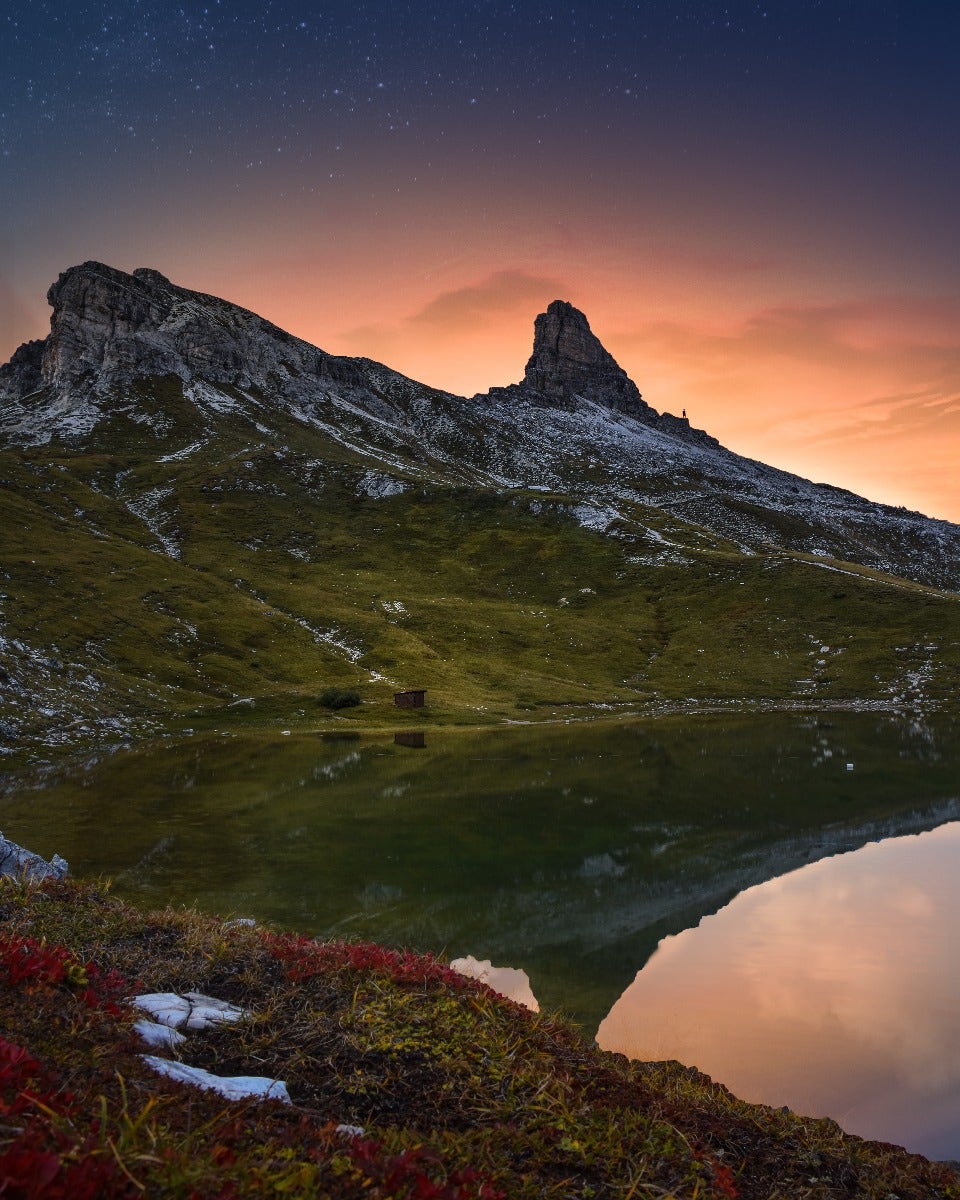
Circular polarising filters are often used in landscape images and when shooting water
Help to Ensure You Get Accurate Exposure
Eventually, you'll work under difficult or tricky lighting conditions. A filter is an excellent option to help you get consistent and accurate exposure across the whole photograph, rather than ending up with splotchy results. The filter can block the light that enters into the lens to give you a consistent light level. They're very helpful when you shoot outside during the day with a slow shutter speed because it helps you avoid overexposure.
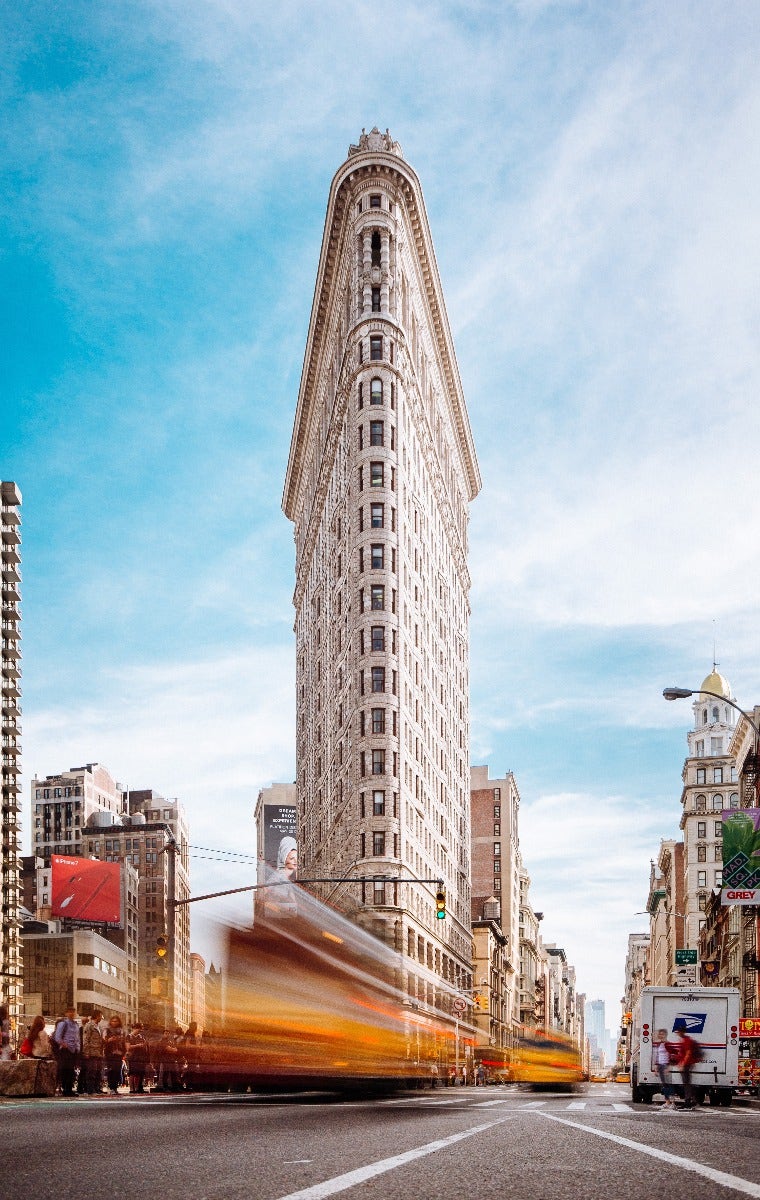
An ND filter is required in order to achieve a slow shutter speed on a bright sunny day like this
Protector/UV vs. ND vs. Circular Polariser
Although camera lens filters are a relatively inexpensive purchase, buying the wrong ones can mean that you end up wasting money on a lens filter that you rarely use. The following four types of lens filters are as follows:
Protector/UV
Protector or UV lens filters are traditionally used to protect your lens from the elements including dirt, moisture, cracks or scratches. This makes them ideal for allowing you to shoot in conditions where you could damage the lens including muddy, dusty or wet locations. The UV lens filters protected older films, and they stopped the UV rays from creating a fog or haze on the final photograph. Generally speaking though, these days these are primarily for physical protection of your lens and have no visual effect on the final image. We recommend that every lens of any value be fitted with a Protector/UV filter at all times. If you have an accident, it's a lot cheaper to replace an inexpensive Protector filter than it is to replace your front lens element! Note you can also stack filters on top of another, so you are able to have a Protector filter on your lens while also adding any of the below filters as needed.
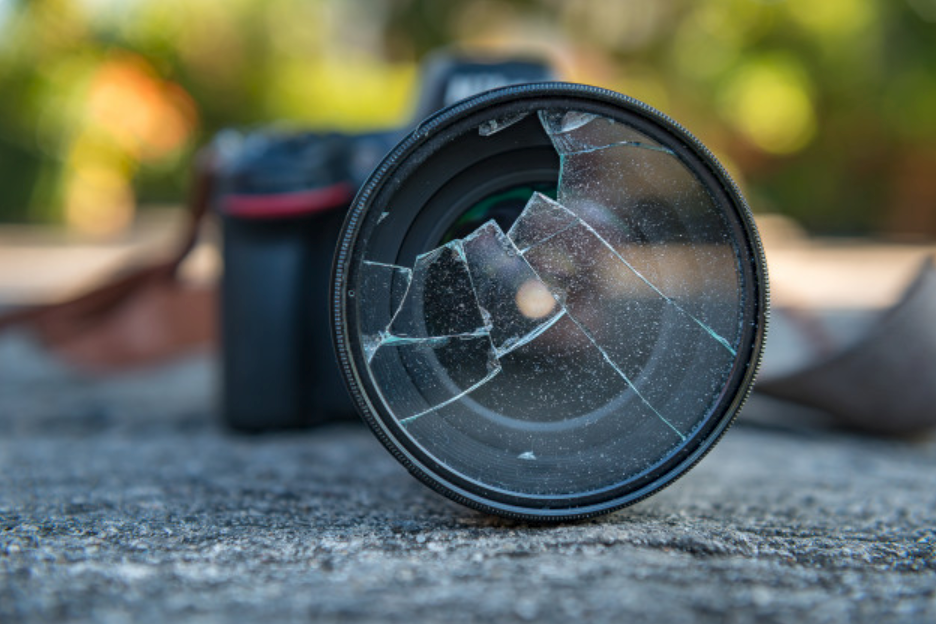
The primary purpose of a protector filter is to protect your lens against physical damage
Neutral Density
A neutral density filter is a darker sheet of glass that fits over your camera lens. It reduces how much light enters your lens without negatively impacting your photograph's colour. This can be desirable when taking long exposures because it allows you to set a longer shutter speed. It's also a staple for video shooting, as video has more stringent requirements on what shutter speed to use (typically 1/50th of a second), and these filters can help maintain this shutter speed by adjusting the amount of light entering the lens, without having to use a sub-optimal aperture. You can get either variable or fixed neutral density camera lens filters, and they can be standard or graduated.
Fixed - Fixed neutral density filters are of a fixed strength, and the amount of light they allow through to your lens will not change. To allow different levels of light to pass through you would need to have multiple on hand and physically change it with a different strength filter.
Variable - Variable neutral density filters also restrict the amount of light that enters your camera's lens, but you can adjust how much light it allows through as you need it. By spinning the filter you can make it darker or lighter. Generally speaking this is the more flexible and widely-used option. The main exception is that on wide angle lenses variable filters can cause some artifacting, which is why you'll often see many landscape shooters still using fixed filters.
Graduated - A subclass of fixed ND filters, graduated filters are for advanced users, most commonly landscape shooters. Graduated filters are square, and have a gradient of darkness - near the top they are darker and block more light, but near the bottom they block less. This is primarily used in landscape shooting to apply more darkness to just the sky (which is typically the brightest part of the image) while not darkening the landscape too much. Because these filters are square, they can't simply be screwed on to the front of the lens like most circular filters, and they require a special filter holder mechanism.
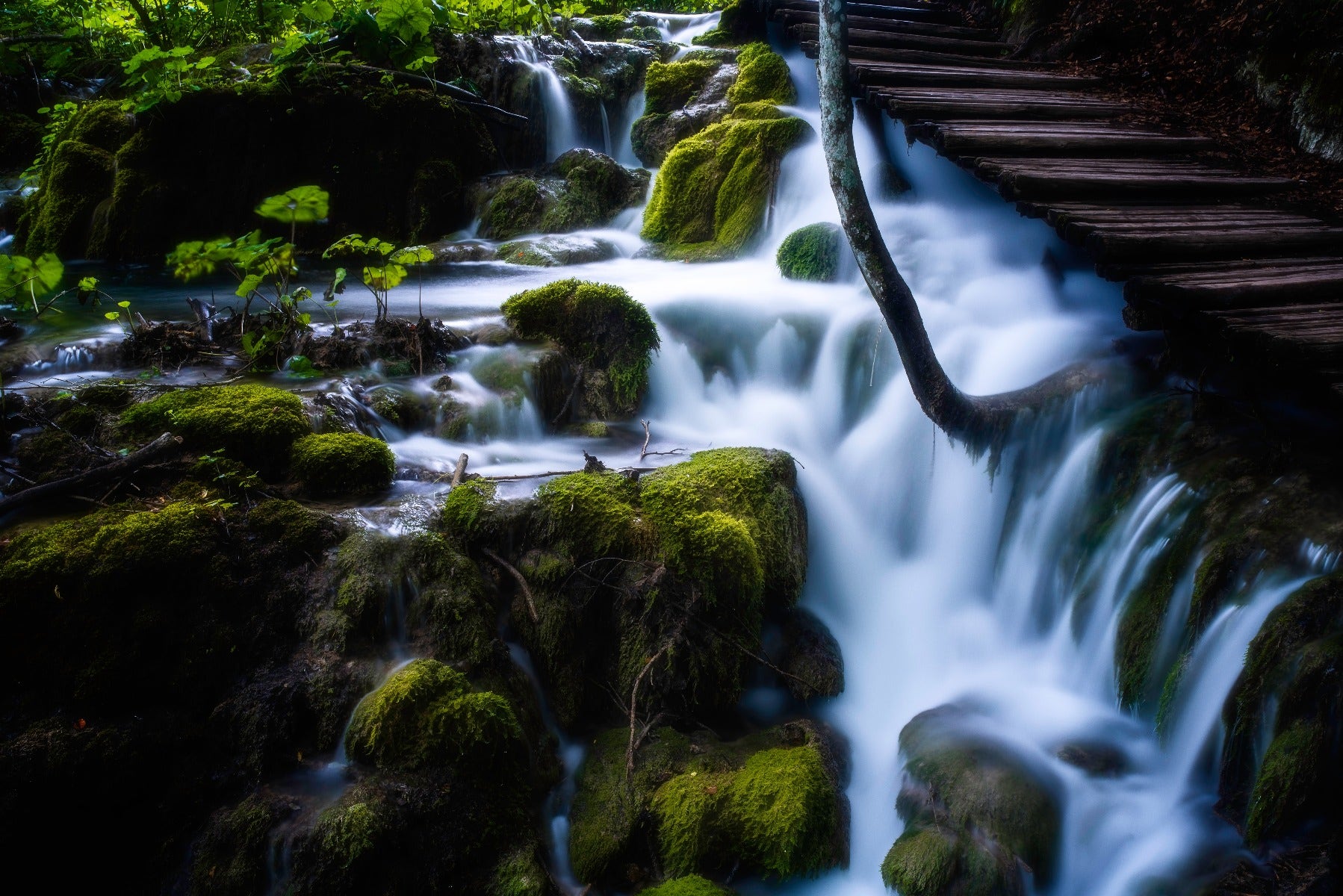
The popular 'milky' water look is achieved using a long exposure (slow shutter speed), which usually requires an ND filter
Circular Polariser
Circular polariser lens filters act a little like polarised sunglasses. They work to add depth to your photograph by reducing any reflections and saturating the colours. They come with a rotating mount that attaches straight to your camera's lens. Once you have it on, you can point your camera and slowly rotate the filter. You're able to watch how your chosen images changes from your camera's viewfinder.
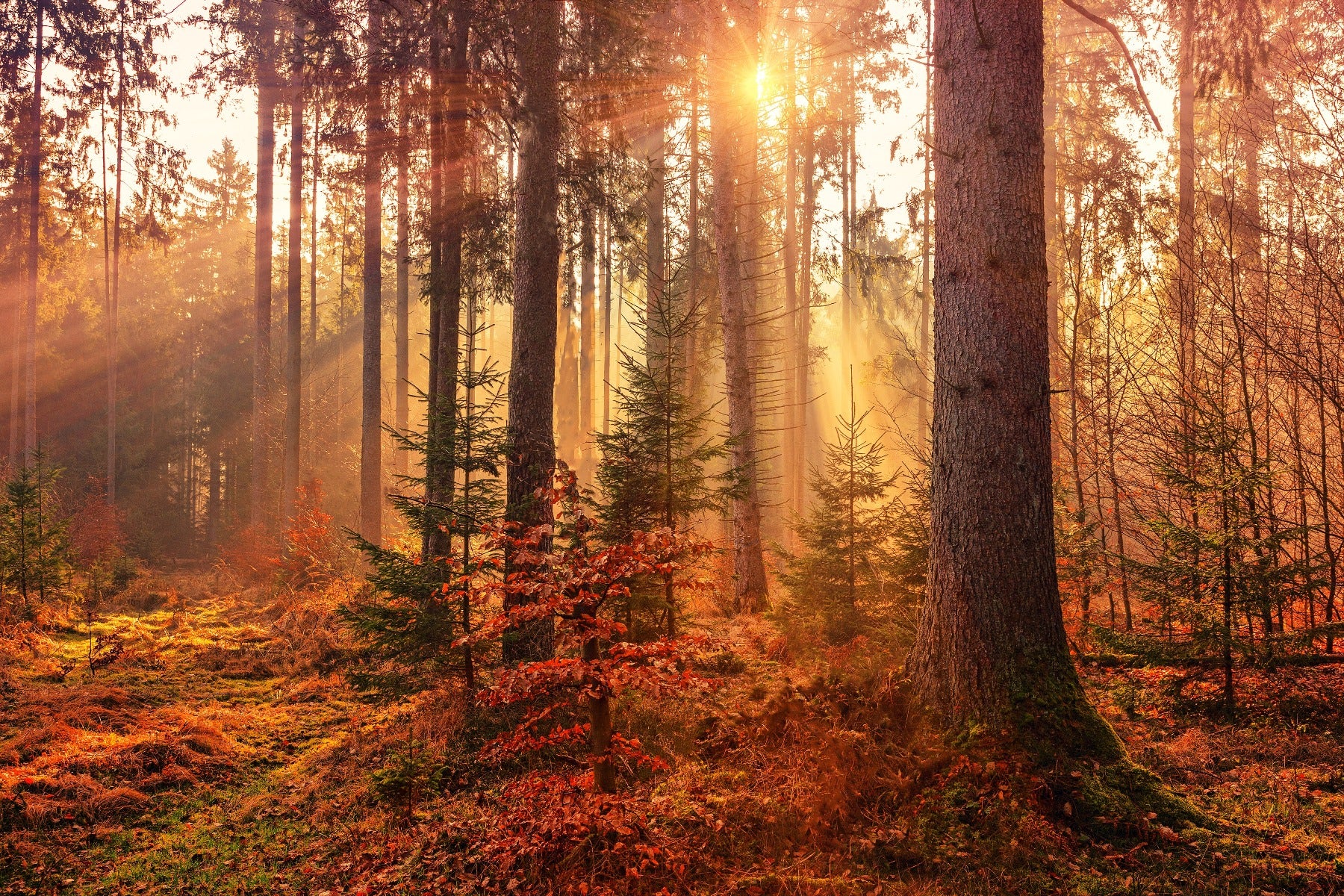
Circular polarisers can add saturation as well as reduce reflections
Summary
-Protector filters protect your lens from damage. We recommend using them for all photography styles.
-Neutral Density filters reduce light that enters the lens, allowing the use of slower shutter speeds, which can be used to create motion blur. We recommend using them primarily for landscape, long exposure, and video shooting
-Circular Polariser filters enchance colour and contrast and reduce glare and reflections. We recommend using them for all photography styles.
Whatever camera lens filter you choose, you can get high-quality and dependable products through digiDirect. Our dedicated team of professionals are ready to offer you the guidance and support you need to get the correct camera lens filters to help you develop as a photographer!
















































































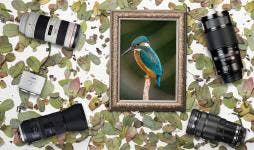


Comments
No Comments yet. Be the first to comment.